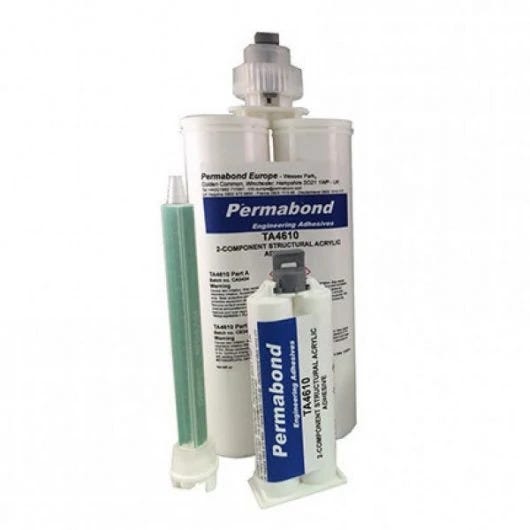How to Bond Materials to LDPE and HDPE Polyethylene Glue

Polyethylene Glue is a lightweight thermoplastic. This type of plastic is often classified as Low Density Polyethylene (LDPE) or High Density Polyethylene (HDPE). It is commonly used as packaging and material for storage containers, chemical drums and tanks. Its nonporous surface makes it an ideal packaging material for adhesives since most glue can’t stick to a Polyethylene surface.
HOW DO I BOND MATERIALS TO POLYETHYLENE GLUE?
The nature of Polyethylene as a containing material for adhesives introduces a roadblock when trying to assemble Polyethylene plastics. Polyethylene has a non-stick surface, which means most types of glue will not form a bond with the plastic. However, there are other ways of forming bonds on Polyethylene surfaces.
The two best options for bonding Polyethylene are:
- Solvent Welding, Ultrasonic Welding or Infrared Welding
- Industrial Polyethylene Adhesive
Both methods will offer a strong bond in Polyethylene plastics. Let’s break them both down and examine the benefits of each method.
SOLVENT WELDING, ULTRASONIC WELDING OR INFRARED WELDING
Since Polyethylene is not a high-performance plastic, it is susceptible to chemical solvents and it will deform or melt when exposed to heat. Both properties create ideal conditions for bonding plastics.
Each of the “welding” processes listed above is a multi-step process and will require the surface of the plastic to be treated before being assembled. Depending on the process, there are three different ways to prepare the surface for bonding…
- Corona treatment of surface
- Plasma treatment of surface
- Flame treatment
Because of the harsh chemicals and heavy equipment required for these “welding” methods, they are best used in a factory setting where Polyethylene plastics are being bonded in bulk. Another thing to consider is that these techniques will only work for bonding two pieces of Polyethylene plastic to each other. These bonding methods will not work when bonding to other types of plastic, wood, metal, rubber, composites, etc.
INDUSTRIAL POLYETHYLENE ADHESIVE
For a cost effective, and less labor intensive, option for bonding Polyethylene plastics, Permabond offers POP Primer for use with Cyanoacrylate Industrial Adhesive. Unlike welding techniques, this adhesive will bond together any untreated LDPE or HDPE plastics to itself, as well as non-plastic material.
To use this adhesive, apply POP Primer to the surface to be bonded. Next apply a layer of cyanoacrylate industrial adhesive to the second surface. Clamp both pieces together, Primer and Adhesive surfaces together. The industrial adhesive will cure in seconds.
If there are any unsightly gaps between the assembled pieces, Permabond TA4610 structural acrylic is a viscous bonding agent that can be applied to form an even surface. This is a 2 component 1:1 mix ratio adhesive which is available in cartridges with mixing nozzles or in bulk for high speed production lines.
Remember to follow the guidelines listed on the product and allow for plenty of time for the adhesive to set before moving the assembled parts.
WHICH IS THE BEST OPTION?
When deciding which technique is best, first consider the scope of the project versus the cost. Welding methods are best suited for large production runs with ample space for heavy machinery. Meanwhile, Industrial Polyethylene Adhesive offers more versatility when bonding Polyethylene with non-plastic surfaces. Both methods are effective methods of creating a bond with Polyethylene plastics.
